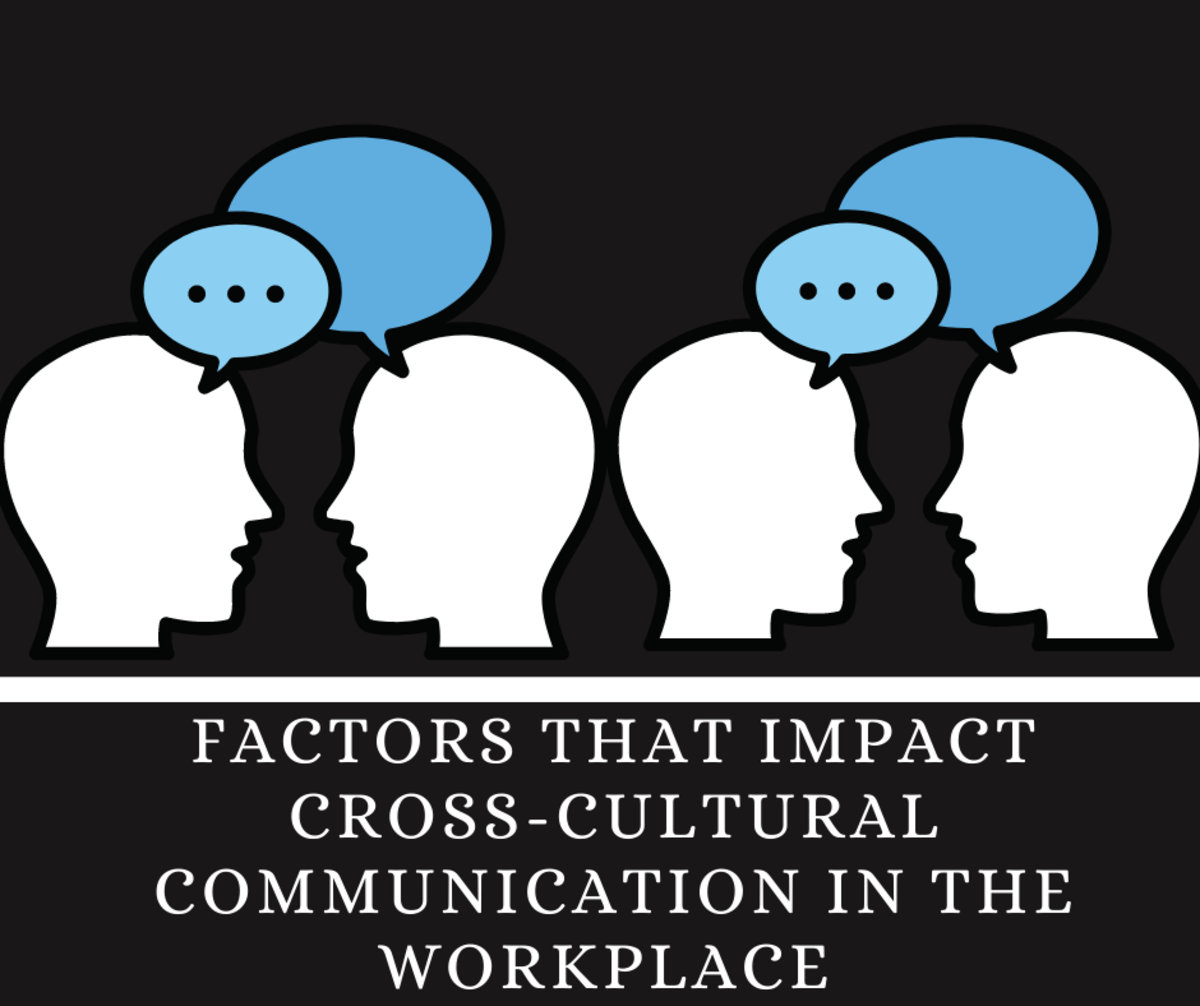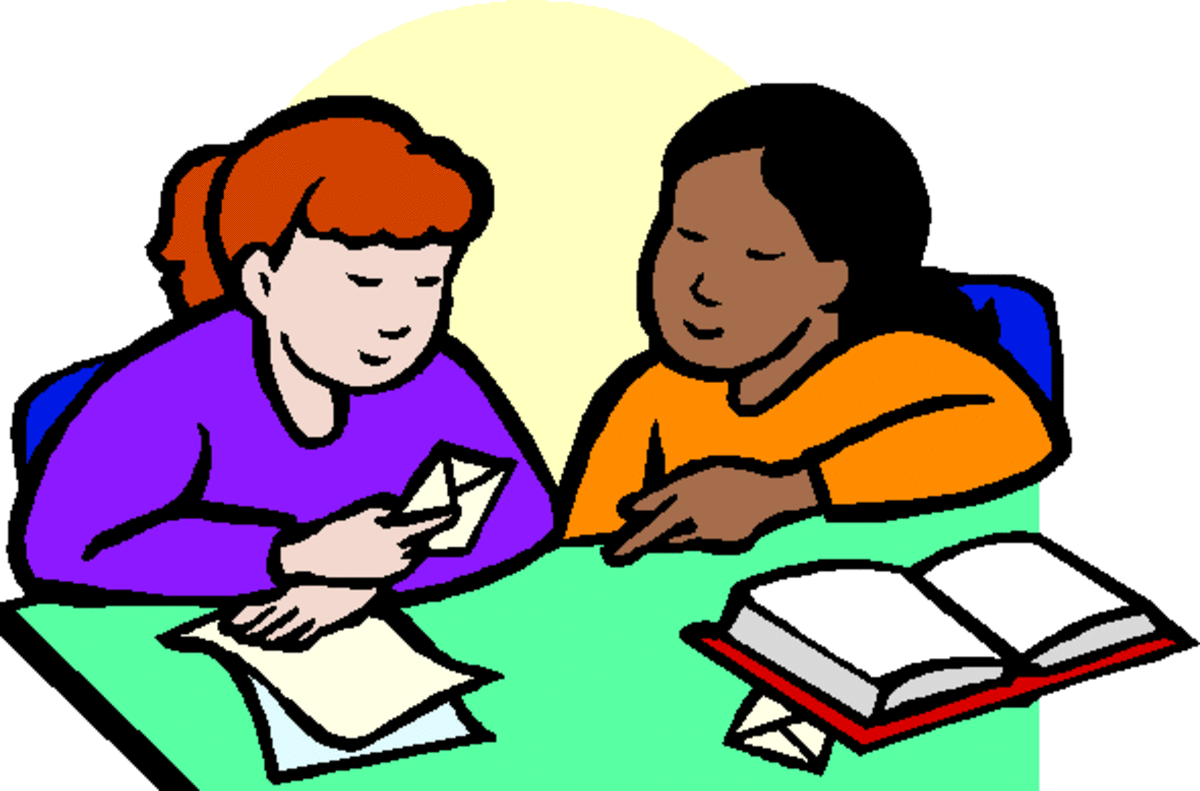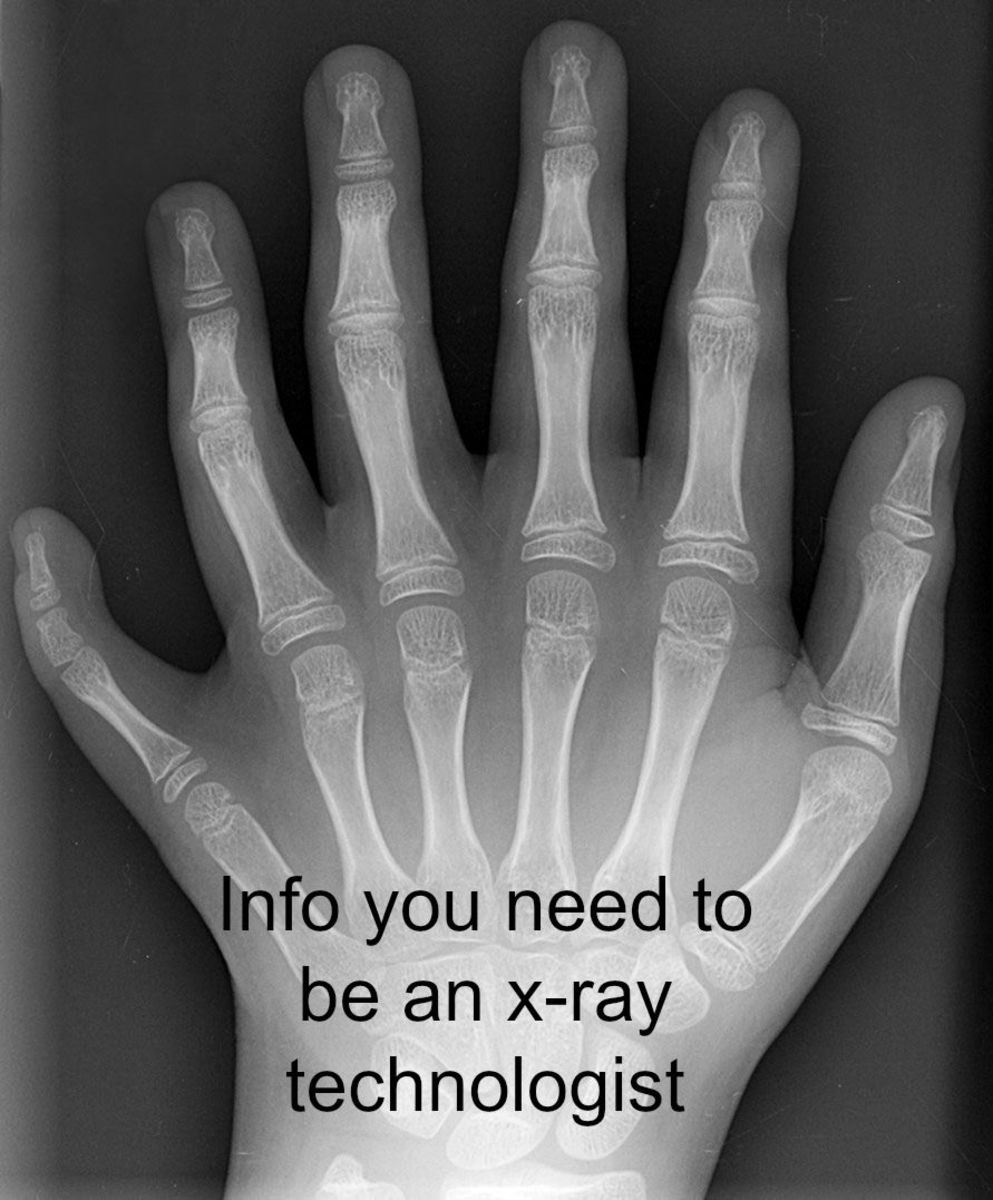Participate in a Workplace Communication, Part 5
EFFECTIVE COMMUNICATION
INFORMATION SHEET No. 3
EFFECTIVE COMMUNICATION
Any workplace where people are able to communicate clearly tend to be a more efficient working environment.
Effective communication leads to:
- Clear instructions so people know exactly what they are expected to do and do it properly;
- People feeling involved because they are well informed;
- Higher morale and job satisfaction
- People working better as a team
- Time and effort saved as people are clear on what to do.
SOME PRINCIPLES OF EFFECTIVE COMMUNICATION
To communicate with people effectively you need to:
- Make sure it is not too noisy to hear what is being said.
- Sit or stand so that you directly face the person whom you are talking or listening too;
- Maintain eye contact;
- Use polite opening and closing greetings
- Speak clearly in an open and neutral tone
- Be straight forward and to the point
- Keep the message simple
- Be patient
- Show interest
- Used words that the people you are speaking to can understand
- Listen carefully to the conversation so that you get the right message.
View a sample of an effective speaker.
How do we go about making our listening more effective? Here are some suggestions:
- Listen not for the words alone but for meanings
- Avoid unconscious projection
- Suspend as much as possible your own prejudgments
- Control you emotional responses to language
- Focus on the message
- Focus on the structure of the message
- Be conscious of your own meta-communication
- Do not interrupt
In the workplace, effective listening helps you to:
- Understand instruction clearly
- Learn from others
- Convey clear message
- Promote good listening in others (if you are prepared to listen to others, they will be prepared to listen to you)
- Offer ideas and take part in discussion
- Co-operate with others and work well in a team
- Understand the ideas and suggestions of others
- Respond in an appropriate manner
The difference between listening and hearing:
People are not often aware that there is a difference between hearing and listening. It is commonly assumed that because people can hear they can also listen. Unless people have a physical disability they are able to hear. At any one something which just happens.
Processing sound:
Listening requires effort and attention. If someone is explaining to you how to complete a task and you are distracted you may hear what is said but you may not have listened. In order to listen,you need to focus on the person, try to understand what is said; check if you have understood and ask question – it actually takes effort.
A great many things can interfere with effective listening. They include:
Noise - It is very hard to listen in a noisy environment.
Temperature - If you are feeling uncomfortably hot it is hard to
concentrate to listening.
Closeness - when a speaker is too close to you, your mind may be
on the invasion of your space rather than what is being said.
Furniture - the way in which furniture is arranged in a room may block good listening for example; if you cannot see a speaker it is much harder to pay attention.
Time - when people are tried or in a hurry they are less able to fully concentrate fully on what is being said.
Impatience - if you are feeling impatient and want to get away to do other thing you mind will not concentrating on the speaker.
Distractions - any type of distraction whether it be something going on outside work or personal worries tends to stop you from paying full attention to what a speaker says.
Attitude - if you do not like the speaker or do not like what they are saying you may quickly tune out.
Lack of interest - when you are not interested in a topic it is difficult to pay attention.
Thinking you - often people think that they already know what is about
already know be said and so they don’t bother to listen
Proper Note taking for Recording Information/Instructions:
Effective note-taking is important to record information/instructions based on what we read and heard.
Systematic note-taking means, reading through a passage or listening to a discussion and determining its subject and then writing them down. They should be brief and easy to remember.
The following tips will help you in taking notes from your sources:
- Don’t write too many words.
- Be sure that you have enough facts and details.
- Don’t get off the track. That is, stick to the topic
When you take notes from listening your degree of success can only be to the extent that you listened well and understood what you heard.
ACTIVITY SHEET No. 3
EFFECTIVE COMMUNICATION
Objectives:
At the end of this activity the learner should be able to:
- explain the importance of Effective Communication in workplace.
Materials:
Information sheet No. 3
Activity Sheet no. 3
Procedure/Tasks:
1. Read information No. 3 “Effective Communication”
2. Follow instruction indicated.
Activity A: (Speaking)
Practice effective communication by performing what is asked in the following situations:
1. Let’s say you are in a party and you don’t know anyone present. The person whom you know was an acquaintance from the past whom you haven’t had contacted for quite a time. Naturally, you are very apprehensive because they might not know you anymore. But you need to circulate because you are expected by your employer to bring good results. What would you do?
2. Pretend that you a supervisor of the department. Disseminate the information of the seminar/conference attended.
3. You are one of the participants of the recent conference. After the conference you are assigned to disseminate the information that you have heard.
4. Describe a tool/device/equipment used in your course
5. Prove that your chosen course play an important role in your life.
Activity B: (Listening)
Write down which you think is the most interesting topic that was shared by your classmates.
SELF- CHECK No. 3
- What are the practices observe to attain Effective Communication?
- List down the ways to become an effective listener.
- Participate in a Workplace Communication, Part 6
INFORMATION SHEET No. 4 CAUSES AND EFFECTS OF INEFFECTIVE COMMUNICATION Communication needs to be clear and effective in order to achieve its aim. When it is not, all kinds of problem can... - Participate in a Workplace Communication, part 4
INFORMATION SHEET No. 2 THE COMMUNICATION MODEL The illustration below shows the flow of communication: Sender (encoder) Message Channel Receiver Feedback Receiver Communication...








